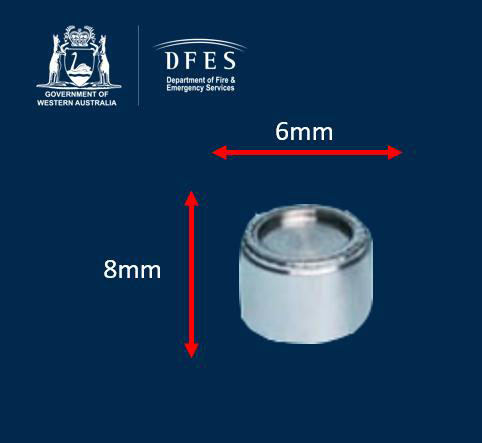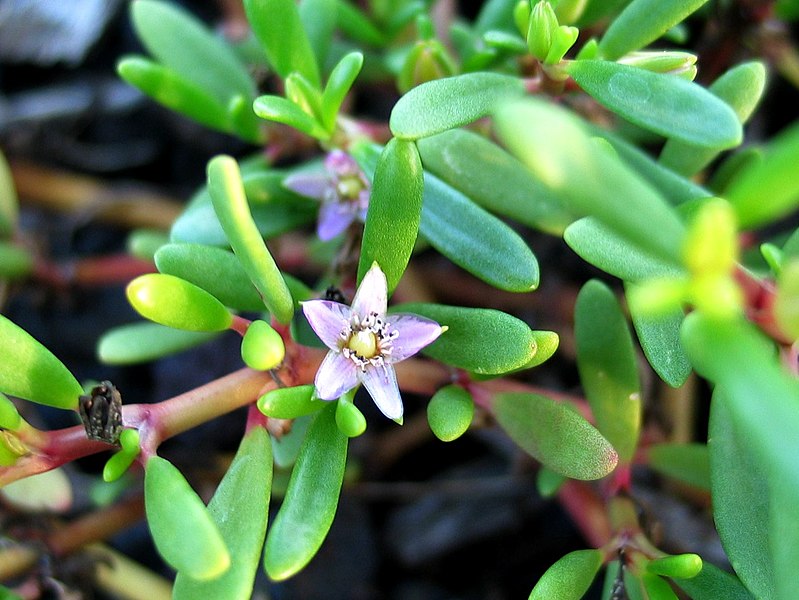Cs-137 sealed source found in Western Australia

A rendering of the sealed source capsule’s appearance. (Image: DFES)
Australian emergency services has located the lost sealed source, the BBC reported early February 1.
The cesium-137 capsule, part of a density gauge used at Rio Tinto’s Gudai-Darri mine in Western Australia, was found after a survey vehicle travelling at 70 km/h (43 mph) detected radiation, according to the report. According to Australia’s Department of Fire and Emergency Services, the capsule was located on the roadside of the Great Northern Highway, south of Newman. A serial number verified it was the lost source.
Last week, as reported yesterday by Nuclear Newswire, Australian authorities began searching 1,400 kilometers (870 miles) of Australia’s Great Northern Highway, between Perth and the remote town of Newman, for a lost sealed-source capsule containing cesium-137. The source was part of a density gauge used by mining company Rio Tinto at its mining operations in Western Australia.



.jpg)